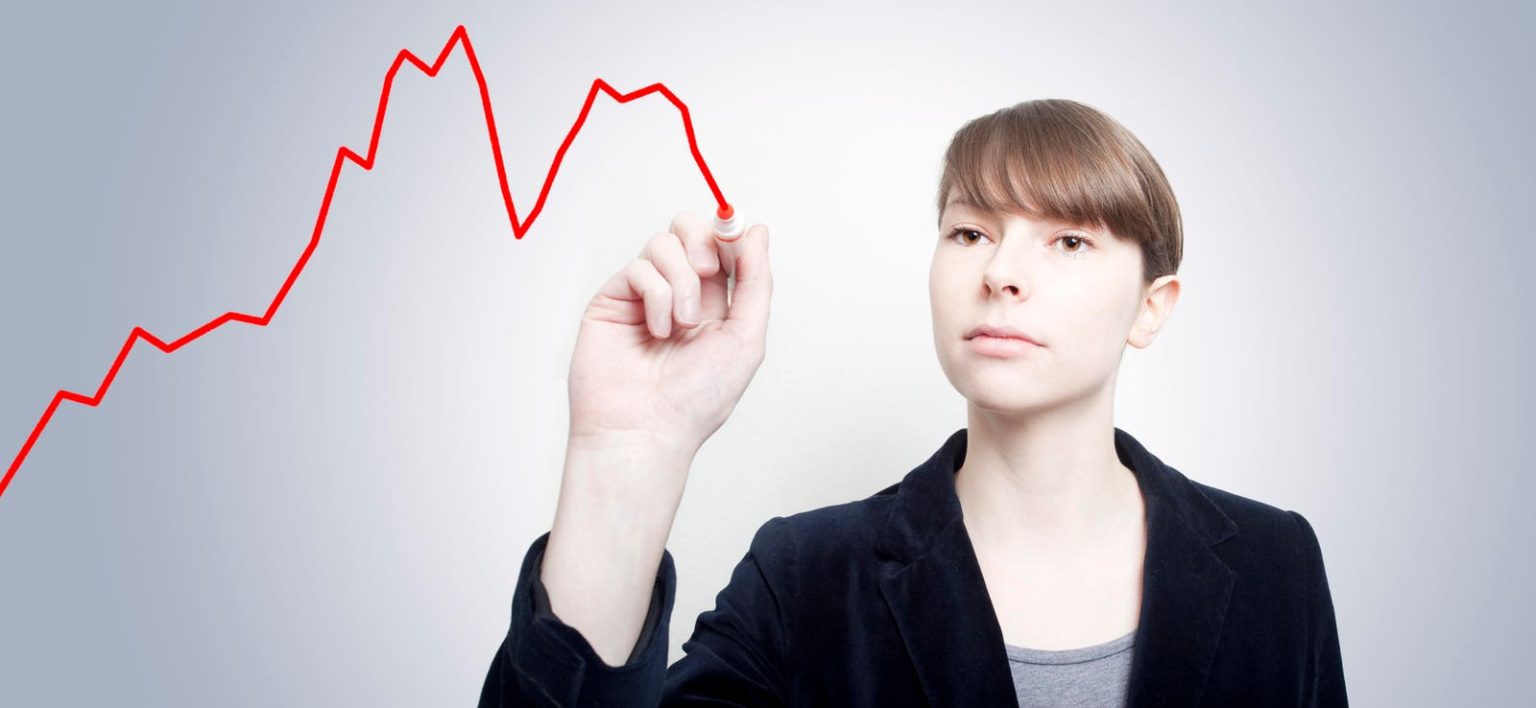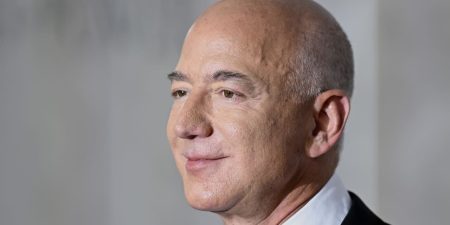We’ve got clear proof that our favorite income funds—closed-end funds (CEFs), which yield 8% and up—are still well behind the rise we’ve seen in the S&P 500, and set to make up that ground.
While I can’t tell you exactly when that bounce will happen, we’re going to dive into the reasons why it’s very likely today. And, anyway, timing doesn’t matter too much to us at CEF Insider because we’re happy to use this time to buy our portfolio’s high dividends, which yield up to 13.7% as I write this.
The “Scared Retail Investor Lag Effect” and Our CEFs
Sadly “SRILE” doesn’t sound too appealing as an acronym, so I don’t think I’ll become famous for inventing it. But it sets up an important idea: that market recoveries have three psychological stages:
- Start of the recovery: Hedge funds close out short positions and shift to long positions on the most oversold stocks. They did this at a noticeable scale in February 2023, according to Bloomberg; this is followed by more conservative funds: banks, value-focused mutual funds, insurance companies and so on.
- The setback: A “bull trap” typically appears and is exacerbated because of recency bias, overblowing one event—we discussed this regularly back when Silicon Valley Bank imploded and failed to take the world down with it, despite what most sources were saying at the time.
- The return to a bull market: Retail investors give up on their pessimism and get back into stocks.
That third step is something we at CEF Insider expected to happen in early 2023, but it hasn’t occurred yet.
Not only have discounts across all CEFs grown from 6.7% to 8.2% this year, but the gap between the current average discount and the long-term average has nearly tripled. In other words, when the discount rises to its long-term average, investors who bought today could sell CEFs they bought at a discount for a premium.
There are now lots of opportunities to ride these closing discounts to gains in CEFs.
We don’t have to go far to see this in action: On November 2, we discussed the PIMCO Dynamic Income Fund (PDI). The discount to net asset value (NAV) on this corporate-bond fund, which was in the process of closing when I wrote that piece (and was around par when the article was published) was offering upside as it narrowed, in addition to a 16.2% dividend.
PDI soared to a 7.9% premium from a near-3% discount in just the last few weeks, pushing up its price before investors had time to collect a single dividend!
This isn’t hard to predict. For over a decade, the sector of bond/fixed-income CEFs has had a range-bound discount of around 4%, while PDI’s average premium has been much higher, mostly due to the fact that PIMCO is a storied name in CEFs.
This makes our strategy obvious: buy PDI when the premium falls low (I’d say below 1%, give or take) and sell when it gets a little too high (this really depends on your risk appetite). Along the way, you’re getting the fund’s big income stream and capital gains as its premium reverts to the mean.
Profiting from CEF Discounts: Now Is the Time
The prolonged slowness of retail investors to move back into CEFs has caused discounts to get unusually big for a longer time, meaning there are a lot more CEFs you can buy when their discounts get too big, hold and collect income, then sell when the discount narrows or flips to a premium.
Going into 2023, CEFs already had compelling yields, with nearly 90 funds in the 8% to 10% range, and nearly all of those discounted to some extent.
CEFs have begun yielding more for two reasons. One, higher bond yields have made it easier to maintain payouts, ending the dividend cuts that inferior bond CEFs have been plagued with.
Another reason is that higher discounts make dividends easier to maintain and grow. This is because the yield we see for a CEF online—or the yield we get, in other words—is calculated based on the fund’s discounted market price, while the yield on NAV, or the yield as calculated on the fund’s actual value, is lower. This is the yield that management has to get to sustain the fund’s payout.
In a nutshell, the bigger the discount, the less a fund needs to earn to cover the dividend.
I’ve seen this happen before, both with CEFs in general and PDI in particular.
In 2016, the same thing happened to PDI for the same reasons as today: rising interest rates, fear of inflation and fear of a recession kept retail investors away. If you bought PDI when those investors were bearish and it swung to a discount in 2016, you got a 27.8% return in just a year and two weeks, if you waited for PDI to swing to a premium.
This wasn’t just a way to make a big profit in a short time—it also offered a reliable, outsized income stream that, thanks to a big special dividend, meant PDI yielded a whopping 14.6% during this holding period.
PDI is poised for a similar performance in the short-term, but as we saw, it does trade at a 7.9% premium as of the time of this writing. However, there are other CEFs offering similar setups. And since CEFs offer 8.1% dividends on average, you’ll be getting a huge income stream while you wait for the market to right itself.
Michael Foster is the Lead Research Analyst for Contrarian Outlook. For more great income ideas, click here for our latest report “Indestructible Income: 5 Bargain Funds with Steady 10.9% Dividends.”
Disclosure: none
Read the full article here















